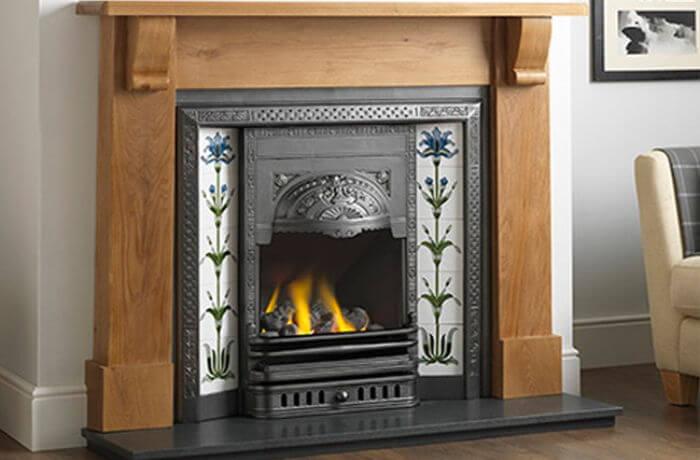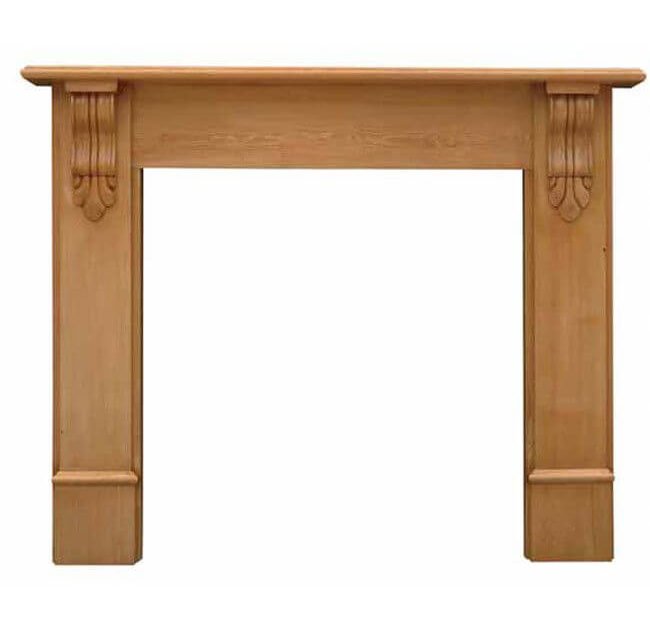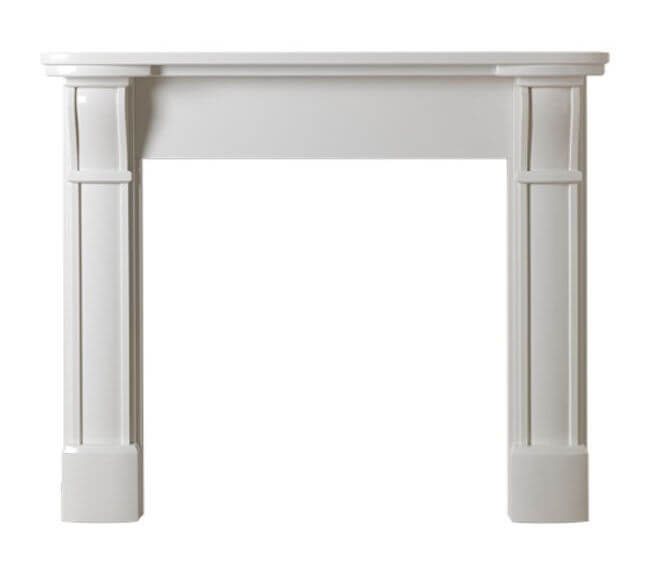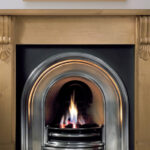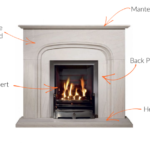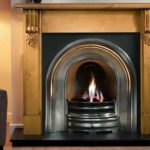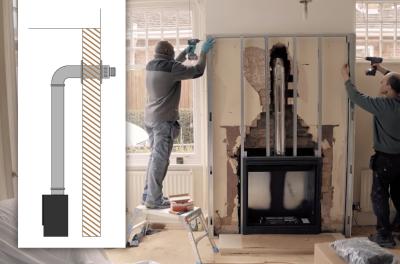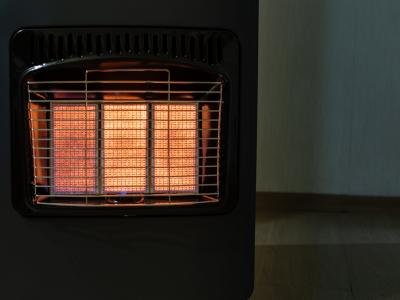We use cookies to improve your experience and our business. See our privacy/cookie policy or continue browsing to accept our use of cookies. View our cookie policy.
How to Remove an Old Fire Surround and Fit a New One
Removing a fire surround and replacing it with a fresh new mantlepiece is one of the best ways to give your fireplace a new lease of life.
But if you are here, you are probably wondering how easy it is to do - can it be a DIY job or do you need a builder?
In this guide, we take a look at how you remove a fireplace surround, how to choose a new one and how you can fix a new one to your wall.
How to Remove a Fireplace Surround
Removing an old fireplace surround depends on how it was originally fit in the first place.
If you have a more modern fireplace, such as a gas fire or electric fireplace rather than a period open fire, then removing an old fireplace surround shouldn’t be too difficult. However, it does require a little DIY skill to ensure you don’t make too much mess of your wall.
Fire surround attached with fixing lugs

Pictured: Brompton Agean Limestone Fire Surround
This is a common method by which many mantel pieces are attached to the wall. These are small brackets placed around the edge of the fire surround that are attached to the wall with screws. More often than not they are concealed under plaster. Cast iron fire surrounds are more often than not fixed to the wall in this way.
To start removing one of these fireplace surrounds, you will have to chip away the plaster around the edge of the mantelpiece. This should reveal the lugs holding it to the wall.
You can then go about removing the screws, which should start to release the surround from the wall. Be very careful at this point and ensure the fire surround has some support, so it doesn’t fall off the wall. Get a second pair of hands to hold it in place until you are ready to remove it, then carefully lift it off.
In this case, your paint, wallpaper or plaster is going to look rather messy once the fire surround is removed. So, make sure you have what you need to do a little redecorating when you are done.
Wooden fire surround screwed to the wall

If you are removing a wooden fire surround, it is possible that it has been screwed to wooden battens attached to the wall.
If this is the case, there will be screws along the outer sides of your fire surround, which might be covered with wood plugs or paint. You will need to remove these screws, which will detach the mantelpiece from the battens - again, take care to ensure the surround is removed in a controlled way and doesn’t topple to the floor!
You can then remove the wooden battens which will probably be screwed to the wall.
Related: Wooden Fireplace Surround Buying Guide
Fire surround attached with brackets
This is one of the easiest ways a fire surround is fit to a wall - and is also the easiest to remove.
Many modern fire surrounds use a hidden fireplace fitting bracket. One bracket is fit to the wall, while a corresponding second bracket is screwed to the fire surround. They then simply slip together without the need for any messy looking screws around the edges.
If your fireplace surround is fit with hidden brackets, all you have to do to remove it is lift it up to release it, then carefully move it away from the wall.
How to Fit a New Fireplace Surround
As we have seen above, there are many different ways that a fireplace surround can be attached to the wall. The mantelpiece you choose will probably have specific instructions on how best to fit it from the manufacturer, or you might simply have to nip down to a local hardware store to find some fixings yourself.
Important - Choose the right size fire surround first!
The most important thing when fitting a new fire surround is to ensure you have the right size for your existing fire. The easiest thing to do is to measure up your existing surround and buy one that is the same size. The most important things to check are:
- The opening height and width (C and D in the diagram below), and;
- The fireplace rebate
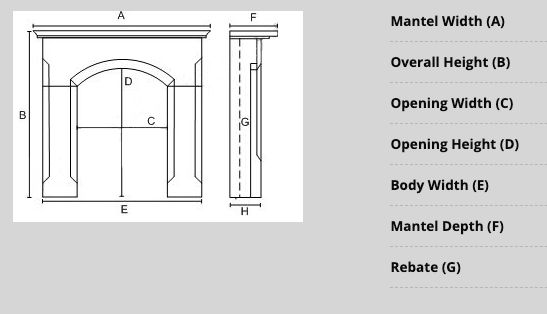
What is a fireplace rebate?
The fireplace rebate is often what causes most confusion when fitting a fireplace surround.
So, what exactly is the fireplace surround rebate and how do you measure it?
When you look at a fire surround, you will notice that the inner leg depth is shorter than that of the outside of the leg - they do not line up completely. This is done to take into account the projection of the back panel, which the surround will need to leave a little extra room for around the opening.
Basically, to measure the fireplace rebate you need to measure the distance from the wall to the front of your back panel.
This ensures that the outer leg of the fire surround sits flush against the wall, while the inside of the leg sits flush against the back panel.
If for any reason your fireplace doesn’t have a back panel, then no rebate is required.
As for the other outer measurements of your new fire surround, these can vary from your old one. You will just need to be aware that if it is smaller, you might need to repaint or wallpaper the space that was previously covered by the mantelpiece.
Our Guide to Buying Fireplace Surrounds has more information for choosing your mantelpiece.

Wooden fire surrounds
Agean limestone fire surrounds
Marble fire surrounds
Granite fire surrounds
Cast iron fire surrounds
More from the Direct Fireplaces blog…
Ideas for Contemporary Fireplace Surrounds | How to Create a Stunning White Fireplace | Guide to Buying the Right Hearth for Your Fireplace
[related_products is_auto_added="1"]direct fireplaces
Latest posts by direct fireplaces (see all)
- Which Electric Fireplace Gives the Most Heat? - February 5, 2021
- Retro Fires and Retro Stoves for the Home - January 22, 2021
- Do I Need a Fireplace in My New Home? - January 20, 2021

